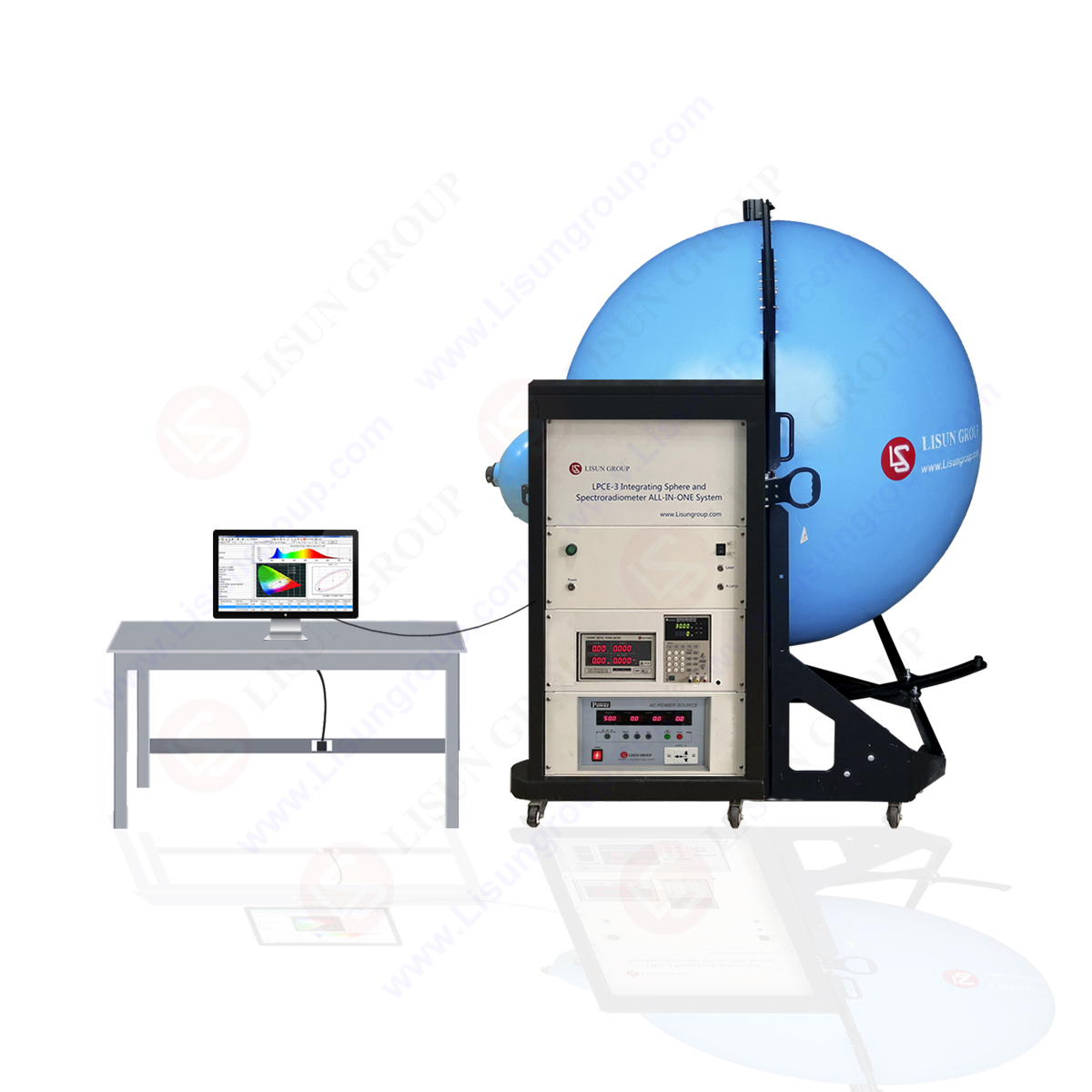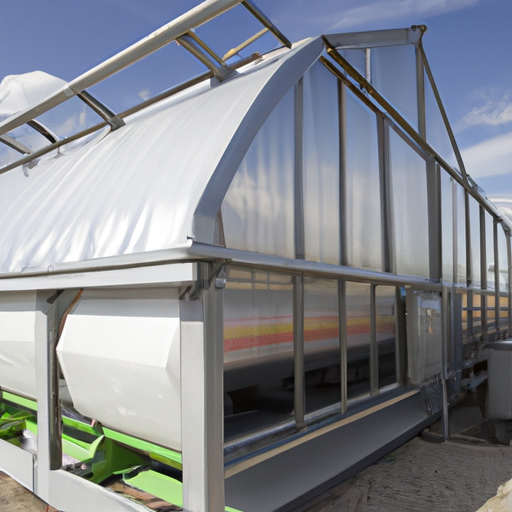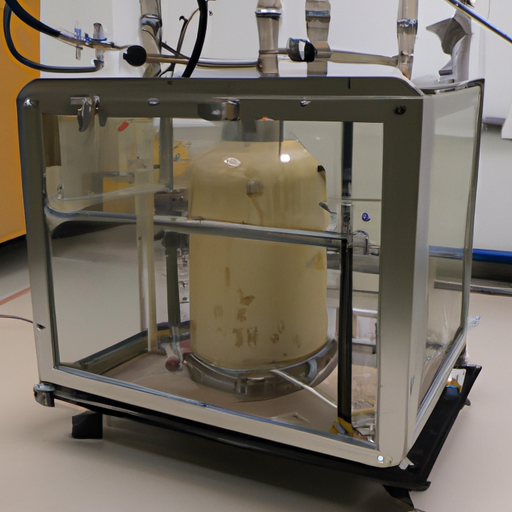LED Light Emitting Diode
LED—Light Emitting Diode is combined with P layer and N layer of the semiconductor materials, producing the spontaneous radiation light through the recombination of the electronics and electron hole. The theoretical efficacy of the white light is more than 300lm /w, the theoretical life is more than 100 thousand hours, LED industry has entered the mature period, which will have a lot of innovation and development space .
OLED—Organic Light Emitting Diode uses the properties of the organic semiconductor to combine electrons and electron hole and forms the exactions under the drive of the electric field. The energy of excitons will release in the form of the light wave when the excited states is dropping to the ground. Different luminescent material produces the light of different wavelength. Different organic light-emitting materials can be divided into micromolecule OLED and macromolecule OLED. The white light will be produced by combining the red, green, blue materials or phosphorescence materials and being put into RGB device. OLED is the lighting device, of which the surface will shine. Being thin, light, soft, transparent, OLED can roll up, and has a wider prospect in lighting application.
The first LED light-emitting diode in the world is invented by the Dr. Holonyak of American General Electric Company in 1962. 1W white LED is produced in the year of 1997, the main reason of restricting the development of high-power LED is the cooling encapsulation problem. LED inner core is the PN junction of the semiconductor, packaging the inner core by using the epoxy resin materials. PN junction flows through the forward current, producing the monochromatic light. The white LED produces the white light by combining the red, green, and blue LED. We can also combine the fluorescent material and LED that can emit the ultraviolet radiation to produce the white light. LED light source usually does include the ultraviolet and infrared light.
Table 1 the basic process of the development of the luminous efficacy of LED light source
Relative standards
UI company, the leader of the global product safety testing and certification areas, announced the safety standard ANSI /UL 8750, IEC /PAS62612: 2009 standard for the lighting products on the date of Nov. 30th, 2009, set a rule for the mark, size, power, luminous flux, the correlated color temperature ( Color Temperature Meter ) and the color rendering index, LED life, testing methods of LED lamp. In recent two years, China has issued ten standards aiming at LED and the lighting products, including GB24819 - 2009 LED module safety requirements used for general lighting; GB /T24823 - 2009 LED and LED module terms and definitions used for general lighting. These standards have played an important role in guiding the well-organized and healthy development. LED lamp standard still complies with the manufacture and application standards of the lamp.
About Lisun Group:
Lead in CFL and LED Tester. Click to our product lists:
Goniophotometer
Spectroradiometer
Integrating Sphere
Colorimeter and Photometer
LED Test Instruments
CFL Testing Instruments
EMC testing
Electronic Ballast Tester
Equipments for Testing Electronic components
Electrical Safety Tester
Environmental Chamber
AC and DC power supply
Spectrophotometer

 中文简体
中文简体






